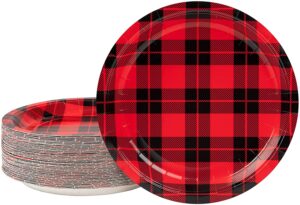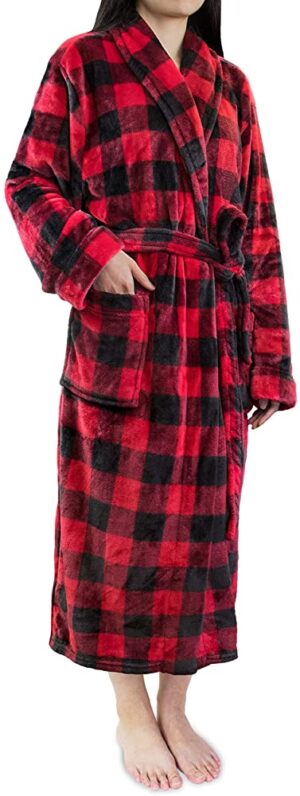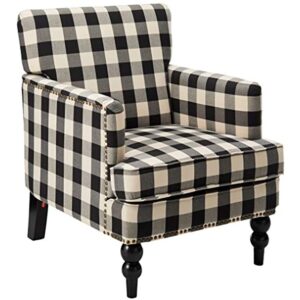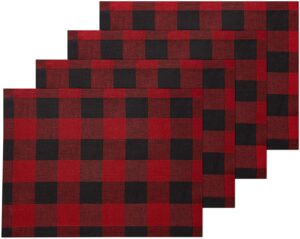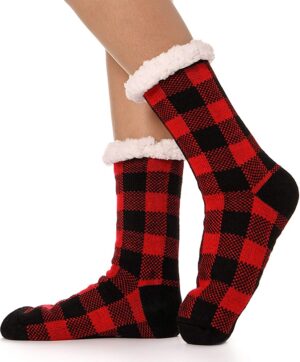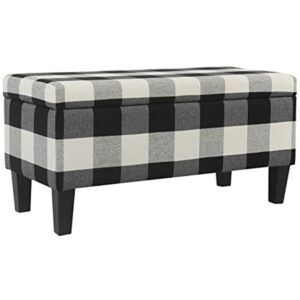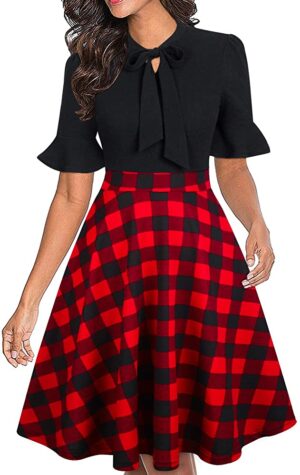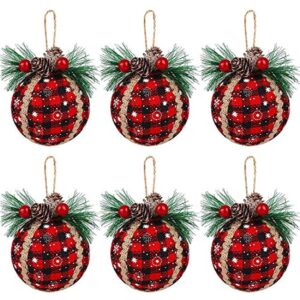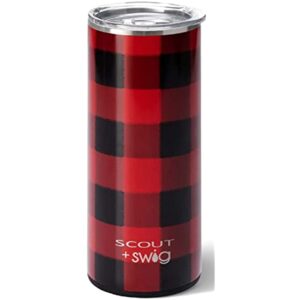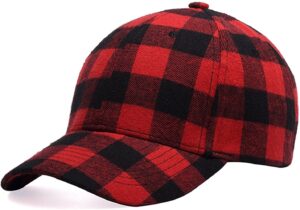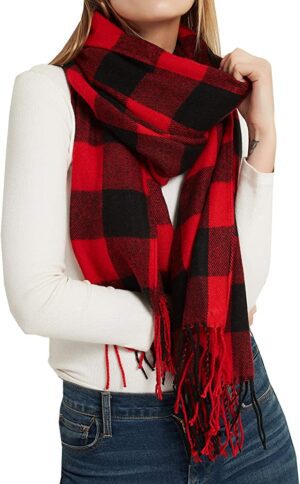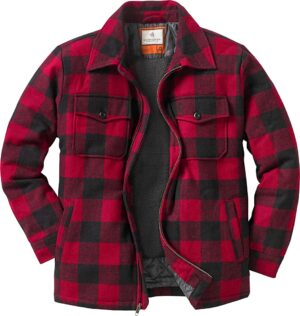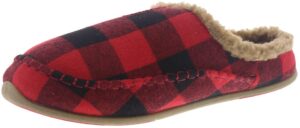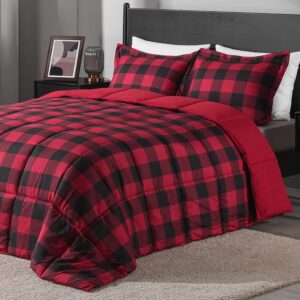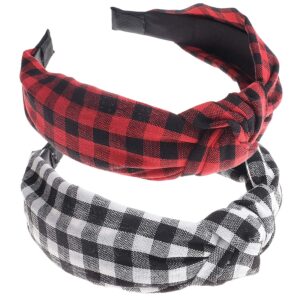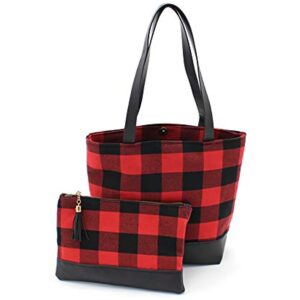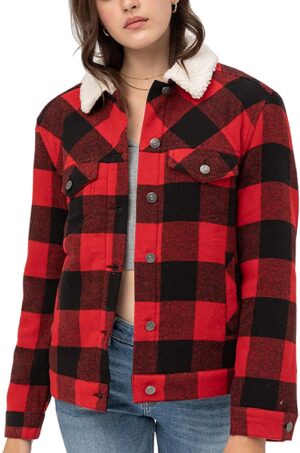Are you curious about how to quilt as you go? If you’ve ever wanted to try your hand at quilting but felt overwhelmed by the idea of tackling a full-sized quilt all at once, then this technique might be just what you need. Quilt as you go allows you to break down the quilting process into manageable steps, making it perfect for beginners or those short on time. By stitching individual quilt blocks and joining them together as you progress, you can create beautiful, finished quilts with ease. In this article, we’ll explore the basics of quilting as you go and provide helpful tips to get you started on your quilting journey.
Understanding the Basics of Quilting As You Go
What is ‘Quilting As You Go’
Quilting As You Go, often abbreviated as QAYG, is a quilting technique that allows you to quilt individual blocks or sections of a quilt individually, before joining them together. Unlike traditional quilting methods, where the entire quilt top is quilted after piecing it together, Quilting As You Go breaks the process into smaller, more manageable steps. This technique provides flexibility and allows you to experiment with different designs and patterns in each block, making it a popular choice for both beginners and experienced quilters.
Benefits of Quilting As You Go
One of the main advantages of Quilting As You Go is that it eliminates the need for a large quilting space or a long-arm quilting machine. Since you quilt each block individually, you can work on a smaller surface, such as a sewing machine, making it accessible for those with limited space. Additionally, quilting each block separately gives you the opportunity to explore various quilting designs and techniques, enhancing your creativity and providing a unique touch to each block. Furthermore, Quilting As You Go allows for easier handling and maneuvering of the quilt throughout the process, reducing the risk of stretching or distorting the fabric.
Ideal Projects for Quilting As You Go
Quilting As You Go can be applied to a variety of projects, ranging from small home decor items to larger quilts. It is particularly advantageous for projects with intricate designs or custom patterns that may require more detailed quilting. Some popular projects for Quilting As You Go include table runners, placemats, tote bags, baby quilts, and bed quilts. These projects allow you to experiment with different techniques and designs in each block, resulting in a visually appealing finished piece.
Materials and Tools Required
Choosing the Right Fabric
When it comes to fabric selection for Quilting As You Go, it is essential to consider the weight, fiber content, and durability of the fabric. Opt for high-quality quilting cotton that is not too heavy or too lightweight, as it should be easy to handle while quilting. Ensure that the fabric has a tight weave, as fabrics with a loose weave may stretch or distort during the quilting process. Additionally, consider the color and pattern of the fabric, keeping in mind the overall aesthetic you want to achieve in your quilt.
Choosing the Right Batting
Selecting the appropriate batting is crucial for achieving the desired look and feel of your quilt. There are various types of batting available, including cotton, polyester, wool, and blends. Each type offers different qualities, such as warmth, loft, and drape. Consider the seasonality of your quilt and the desired level of warmth when choosing the batting material. It is also essential to ensure that the batting is of suitable loft for your project. Thicker batting may result in a more quilted appearance, while thinner batting will create a flatter look.
Suitable Threads for Quilting
Choosing the right thread for quilting is vital to ensure the longevity and aesthetic appeal of your quilt. It is recommended to use 100% cotton thread that is specifically designed for quilting. Cotton thread offers strength and durability, allowing the stitches to withstand frequent use and washing. Additionally, cotton thread blends well with cotton fabrics, creating a seamless look. Consider using a thread color that complements or contrasts with the fabric to enhance your quilt’s design and overall visual impact.
Needles and Pins
Selecting the appropriate needles and pins for Quilting As You Go can make a significant difference in the ease and quality of your quilting. Use quilting needles with a sharp point and a slender shaft to effortlessly pierce through multiple layers of fabric and batting. Quilting pins with a thin shaft and a glass head are ideal for holding the layers securely in place without causing damage to the fabric. Be sure to have a variety of needle sizes and shapes on hand to accommodate different quilting techniques and fabric thicknesses.
Essential Quilting Tools
To successfully execute Quilting As You Go, it is essential to have a few essential tools at your disposal. A rotary cutter and a cutting mat are indispensable for accurately cutting fabric pieces to the desired size and shape. A quilting ruler will allow you to measure and align your cuts precisely. A sewing machine with a walking foot or a quilting foot is necessary for quilting the individual blocks. Other useful tools include fabric scissors, marking pens or pencils, a seam ripper, and an iron for pressing the fabric as you work.
Preparation for Quilting As You Go
Cutting Your Fabric
Properly cutting your fabric is crucial to ensure accurate piecing and alignment when quilting as you go. Begin by washing and ironing the fabric to remove any wrinkles and shrinkage. Use a rotary cutter, mat, and quilting ruler to cut the fabric into the desired block sizes, making sure to measure and align each cut precisely. Take your time and double-check your measurements to ensure consistency throughout your project. Label each fabric piece or block to keep track of their order and placement as you quilt.
Prepping Batting and Backing
Before you start quilting your blocks, it is important to prepare the batting and backing fabric. Cut the batting and backing pieces slightly larger than your fabric blocks to allow for any shifting or trimming during the quilting process. Lay the backing fabric right side down, followed by the batting, and then place the fabric block right side up on top. Smooth out any wrinkles or creases to create a neat and even layered quilt sandwich. Secure the layers in place with basting spray or safety pins to prevent shifting during quilting.
Arranging and Basting the Quilt Layers
Once you have prepped the batting, backing, and fabric blocks, it is time to arrange and baste the quilt layers together. Lay out the fabric blocks in your desired pattern or design, ensuring that you are happy with the placement before moving forward. Take each block and baste it individually, securing the layers together either with hand basting stitches or with a temporary adhesive spray. Basting helps keep the layers aligned and prevents them from shifting while quilting. Take care to remove any stray threads or loose fibers before proceeding.
Starting the Quilting As You Go Process
Quilting the First Piece
To initiate the Quilting As You Go process, start by quilting the first fabric block. Begin at the center of the block and quilt along the desired pattern or design. This can be done using a straight stitch, a decorative stitch, or even free-motion quilting for more intricate designs. Ensure that your stitches are even and secure, adjusting the stitch length and tension as needed. Quilting the first piece provides a foundation for the rest of the blocks and helps establish the overall quilting design.
Adding and Quilting Additional Blocks
After quilting the first fabric block, it is time to add and quilt the remaining blocks. Take the next fabric block and align it with the previously quilted block, right sides together. Pin or tape the edges of the blocks together to secure them in place. Sew along the edges using a ¼-inch seam allowance to join the blocks. Once the blocks are joined, quilt the second block in the desired design or pattern, following the same techniques used for the first block. Continue this process for all the remaining blocks until the quilt top is complete.
Tips for Aligning and Sewing Blocks Correctly
Aligning and sewing blocks accurately is essential to maintain the integrity of your quilt as you go project. Here are some tips to help you achieve precise alignment:
-
Use quilting rulers or templates to measure and mark your seam allowances.
-
Pin or tape the edges of the blocks together before sewing to prevent shifting.
-
Take your time when sewing to ensure straight seams and consistent stitch lengths.
-
Use a walking foot or engage the dual feed function on your sewing machine to evenly feed the layers.
-
Press the seams open or to one side, depending on your preference and the thickness of the fabric.
Joining the Quilted Blocks
Methods for Joining Quilted Blocks
Once all the individual blocks have been quilted, it is time to join them together to form the finished quilt top. There are several methods you can use to join the quilted blocks:
-
Sashing: Sashing involves adding fabric strips between each block to create a unified look. It provides a clean separation between blocks and adds an aesthetic element to the quilt design.
-
Overlapping Seams: Overlapping seams involve sewing the edges of the blocks directly together to create a seamless transition between blocks. This method creates a continuous quilt top without any visible sashing.
-
Zigzag Stitch: A zigzag stitch can be used to join the blocks together, providing both strength and decorative detailing. This method is ideal for quilts with a more contemporary or modern aesthetic.
Using Sashing to Join Blocks
If you choose to use sashing, follow these steps to join the quilted blocks:
-
Cut fabric strips for the sashing, ensuring they are wide enough to accommodate the desired finished width of the sashing.
-
Sew the sashing strips between the quilted blocks, aligning the edges and using a ¼-inch seam allowance.
-
Press the seams open or towards the sashing, depending on your preference.
-
Repeat the process until all the quilted blocks are joined by the sashing, creating the completed quilt top.
How to Prevent Bulky Seams When Joining
To prevent bulky seams when joining the quilted blocks, consider the following tips:
-
Trim the excess batting and backing fabric from the joined blocks to reduce bulk.
-
Use a thin or lightweight batting to minimize the thickness of the quilt layers at the seam allowances.
-
Press the seam allowances open to distribute the bulk evenly and create a flatter seam.
-
When quilting the blocks, avoid excessive quilting near the seam lines to prevent extra thickness at the intersections.
Finishing Techniques in Quilting As You Go
Adding a Quilt Border
Once the quilt top is complete, adding a quilt border creates a polished and finished look. Here’s how to add a border:
-
Measure the length and width of your quilt top to determine the size of the border strips.
-
Cut fabric strips for the border, ensuring they are wide enough to achieve the desired finished width of the border.
-
Sew the border strips to the sides of the quilt top, aligning the edges and using a ¼-inch seam allowance. Press the seams towards the border.
-
Measure and cut additional border strips for the top and bottom of the quilt, and repeat the sewing process.
-
Press the border seams open or towards the border, depending on your preference.
Binding the Quilt Edges
Binding the quilt edges provides a neat and durable finish, securing all the layers together. Follow these steps to bind your quilt:
-
Cut fabric strips for the binding, ensuring they are wide enough to achieve the desired finished width of the binding.
-
Sew the binding strips together at a 45-degree angle to create a continuous strip long enough to go around the entire quilt.
-
Fold the binding strip in half lengthwise, wrong sides together, and press.
-
Align the raw edges of the binding with the raw edges of the quilt top, starting from the middle of one side. Sew the binding to the quilt using a ¼-inch seam allowance, leaving a small tail of binding at the beginning.
-
Continue sewing the binding to the quilt, mitering the corners as you go.
-
When you reach the starting point, overlap the ends of the binding and trim any excess. Fold the binding over the raw edges to the back of the quilt and hand sew it in place using a slip stitch or another preferred method.
Adding Embellishments to Your Quilt
Adding embellishments to your quilt can add a personal touch and enhance its visual appeal. Consider the following embellishment options:
-
Appliqué: Attach fabric shapes or motifs to the quilt using a variety of techniques such as raw-edge appliqué, needle-turn appliqué, or fused appliqué. This allows you to add detailed designs or personalization to your quilt.
-
Embroidery: Embroider decorative stitches, motifs, or text onto your quilt using embroidery floss or decorative machine stitches. This adds texture and intricate detailing to your quilt.
-
Beading: Sew beads or sequins onto your quilt to create shimmer and sparkle. Beading can add a touch of elegance or create focal points within your quilt design.
Remember to consider the style and theme of your quilt when selecting embellishments and ensure they are securely attached to withstand the rigors of use and washing.

Troubleshooting Common Problems
Fixing Wavy or Buckled Blocks
If your quilted blocks are wavy or buckled, here are some steps you can take to fix the issue:
-
Ensure that you have properly basted the layers of the quilt together. Loose or insufficient basting can cause the fabric to shift and create waviness.
-
Check your sewing machine’s tension settings. Adjusting the tension to achieve balanced stitches can help prevent waviness.
-
Choose a quilting design and technique that suits your fabric and batting choices. Dense quilting or excessive stitching can cause fabric distortion.
-
If the blocks are already quilted and the waviness persists, you can try blocking the quilt top. This involves wetting the quilt top, carefully reshaping it, and allowing it to dry flat to help alleviate any residual distortions.
Correcting Misaligned Blocks
If your quilted blocks are misaligned, follow these steps to correct the issue:
-
Carefully remove the stitches that join the misaligned blocks using a seam ripper.
-
Realign the blocks, making sure they are properly positioned and square. Pin or tape the blocks together to secure their placement.
-
Re-sew the blocks together using a ¼-inch seam allowance, carefully aligning the edges to prevent further misalignment.
-
Once the blocks are joined, re-quilt the affected areas to ensure the stitches are secure and the design remains consistent throughout the quilt top.
Dealing with Uneven Stitch Lengths
Uneven stitch lengths can be frustrating, but they can be addressed using the following steps:
-
Ensure that your sewing machine is properly threaded and the needle is inserted correctly. A bent or dull needle can cause uneven stitches.
-
Check your sewing machine’s tension settings and adjust them as needed. Balanced tension is essential for achieving consistent stitch lengths.
-
Practice sewing on scrap fabric before quilting on your project to familiarize yourself with the machine’s settings and achieve the desired stitch length.
-
Slow down your sewing speed and maintain a steady pace while quilting. Rushing can result in inconsistent stitch lengths.
-
Pay attention to your hand placement on the fabric when guiding it through the machine. Experiment with different hand positions to find what works best for you and allows for smoother, more even stitches.
Advanced Techniques in Quilting As You Go
Creating Complex Block Designs
Once you feel comfortable with the basics of Quilting As You Go, you can start exploring more complex block designs. Experiment with different shapes, angles, and piecing techniques to create intricate quilt blocks. Utilize techniques such as foundation paper piecing, curved piecing, or improvisational piecing to add complexity and visual interest to your quilt. Remember to plan your designs carefully and use accurate cutting and sewing methods to ensure precise block construction.
Using Free Motion Quilting
Free motion quilting allows you to create intricate quilting designs by moving the fabric freely under the needle of your sewing machine. This technique gives you complete control over the direction and shape of your stitches, allowing for endless creativity. Before attempting free motion quilting, practice on scrap fabric to familiarize yourself with the movement and speed required. Experiment with different quilting motifs and patterns, gradually increasing the complexity as you gain confidence and skill.
Incorporating Appliqué Into Your Quilt
Appliqué is a technique that involves attaching fabric shapes or motifs onto a quilt top. It can add dimension, texture, and visual interest to your quilt as you go project. Choose from various appliqué methods, such as raw-edge appliqué, needle-turn appliqué, or fused appliqué, to suit your desired aesthetic and skill level. Consider incorporating appliqué elements that complement your quilt’s overall design or tell a story. Appliqué can be used to add floral motifs, animals, letters or numbers, or any other design that sparks your creativity.

Caring for Your ‘Quilt As You Go’ Project
Cleaning and Laundering Your Quilt
When it comes to cleaning and laundering your Quilt As You Go project, it is essential to follow proper care instructions to keep it in pristine condition. Before laundering, check the fabric and thread labels for any specific washing recommendations. It is generally recommended to machine wash your quilt on a gentle cycle using a mild detergent. Avoid using harsh chemicals, bleach, or fabric softeners, as they can damage the fabrics and affect the longevity of your quilt. To preserve the quilt’s shape, lay it flat or hang it to air dry. If necessary, you can tumble dry the quilt on low heat, but ensure it is adequately supported to prevent stretching or distortion.
Storing Your Quilt Properly
To keep your Quilt As You Go project in its best condition during storage, follow these guidelines:
-
Clean the quilt thoroughly before storing to prevent attracting insects or other pests.
-
Ensure the quilt is completely dry before storing to prevent the growth of mold or mildew.
-
Fold the quilt carefully, avoiding sharp creases, and wrap it in acid-free tissue paper or a cotton sheet to protect it from dust and light exposure.
-
Store the quilt in a cool, dry, and well-ventilated area, such as a linen closet or under-bed storage. Avoid storing the quilt in damp or excessively hot conditions, as this can damage the fabric.
-
Periodically check on the quilt to ensure it is in good condition and make any necessary repairs or maintenance.
Repairing and Maintaining Your Quilt
Over time, your Quilt As You Go project may require repairs or maintenance to keep it in good shape. Here are some tips for repairing and maintaining your quilt:
-
Check for loose or broken stitches. Repair these by carefully removing the damaged stitches and re-sewing them with a matching thread.
-
Inspect the quilt for any holes, tears, or fabric wear. Small holes can be repaired using a technique called needle turn appliqué, where a fabric patch is sewn over the damaged area. For larger tears or extensive damage, you may need to seek the assistance of a quilting professional.
-
To maintain the quilt’s vibrancy, avoid prolonged exposure to direct sunlight, as it can cause fading of the fabric over time. If displaying your quilt, consider rotating the orientation periodically to distribute any potential fading.
-
Avoid excessive handling and use of the quilt, as it can contribute to fabric wear and tear. Be mindful when using the quilt and avoid exposing it to pets, sharp objects, or any situation that may cause unnecessary damage.
Inspirational Quilting As You Go Project Ideas
Quilting As You Go Table Runner
A table runner is a perfect beginner project for Quilting As You Go. Choose fabrics that complement your table decor and experiment with different quilt block designs or techniques. A table runner allows you to showcase your creativity while adding a touch of elegance and functionality to your dining or coffee table.
Hexagon Quilt Pattern
Hexagon quilts offer an opportunity to create stunning geometric designs using the Quilting As You Go technique. Arrange and quilt individual hexagon blocks to form a larger quilt top. Explore different color combinations and shading techniques to achieve depth and dimension in your design.
Baby Quilt Pattern
Quilting As You Go is an excellent technique for creating customized baby quilts. Consider using soft and cozy fabrics to provide warmth and comfort for the baby. Incorporate appliqué or embroidery to add adorable motifs or the baby’s name, making it a cherished keepsake.
Bed Quilt Pattern
Quilting As You Go is not limited to small projects – it can also be applied to bed-sized quilts. Make a unique bed quilt by combining various quilt block designs, colors, and fabrics. The Quilting As You Go technique allows you to tackle the quilting process in manageable sections, resulting in a beautiful and personalized bed quilt.
By understanding the basics of Quilting As You Go, choosing the right materials and tools, properly preparing the fabric and batting, and following the step-by-step process, you can create stunning quilts with ease. With the ability to troubleshoot common problems and expand your skillset to advanced techniques, Quilting As You Go opens up a world of creativity and endless possibilities. So grab your fabric, thread, and sewing machine, and start quilting as you go!






